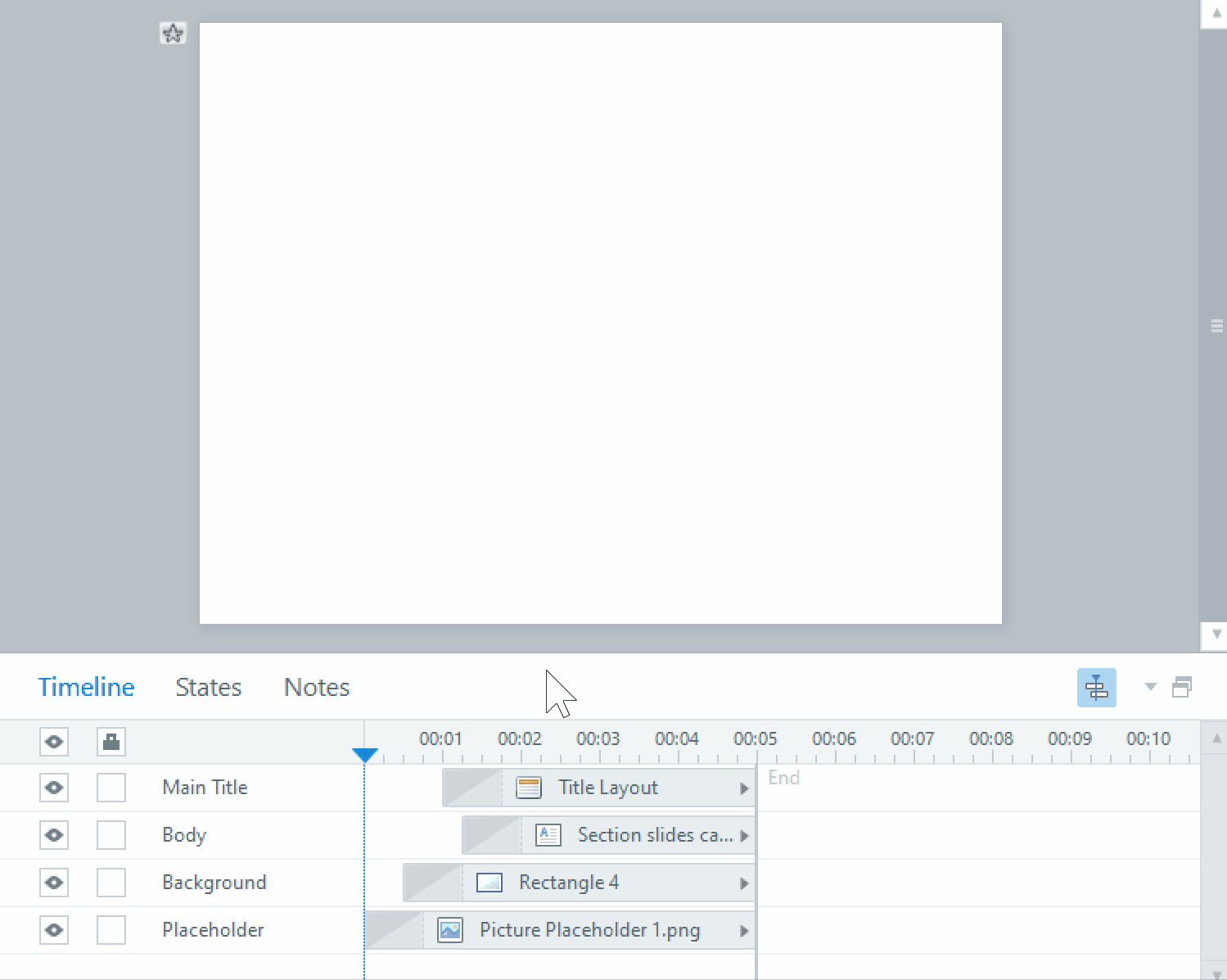LEARNING TRENDS 2016
Advances in technology have over the past few years served to shape the way in which learning is created and delivered across various mediums. Particularly with the ease of access to smart phones, tablets and laptops, how information is disseminated to learners is constantly evolving. Learners prefer information to be delivered in quality chunks that are easy to understand and that minimize the time spent. Learners by their preferences therefore influence the future of learning.
Here are some learning trends to look out for within the next few years.
Augmented Reality
Augmented Reality applications are created by imposing digital information unto physical infrastructures
Wearable learning is gaining popularity in the market (e.g. smart watches for fitness tracking and health monitoring, Google Glass)
The Augmented Reality market is growing at a rate of 15% per year. By 2018 it is estimated to become a $1 billion dollar business. (Source: Markets and Markets March 2014 report- Augmented Reality and Virtual Reality market.)
LMS Hosting
The LMS market is expected to grow to an $8 billion dollar industry by 2018 (Source: Markets and Markets)
A recent survey found that 59.9% of organizations chose to house their LMS on a vendor site, while 33.5% chose to house it on-site, and 6.6% chose a third party.
Vendor support is ranked highest among reasons for switching to a vendor site. (22.9%) (Source: Brandon Hall Group, LMS Trends 2015)
SHIFT to HTML5
Device agnostic learning (responsive design) is becoming more popular. Learners want the flexibility to access content on various devices with more ease.
As a result, Flash usage has decreased by 25% and there has been a shift to HTML 5.
These trends are highly driven by developments in new technologies created to improve the efficacy of how learning is delivered. As well, advancements within the field are quickly evolving the way in which learning is approached within various sectors.
















